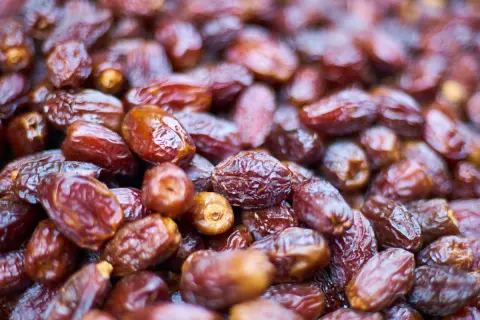 Wednesday, February 26, 2025
Wednesday, February 26, 2025The Ultimate Guide to a Broad Back – Exercises and Techniques
A broad, V-shaped back is the hallmark of an impressive physique. To achieve this goal, targeted exercises, the right technique, and a well-thought-out training strategy are essential. This comprehensive guide will show you the most effective exercises, techniques, and methods to optimally develop your back muscles.

Anatomy of the Back Muscles
A broad back primarily develops from training the latissimus dorsi (Lat), but also through the stimulation of the upper back muscles, especially the trapezius and the posterior shoulder muscles. The key muscle groups are:
Latissimus dorsi: Responsible for the width of the back.
Trapezius: The upper and middle parts contribute to visual bulk.
Rhomboids: Stabilize the shoulder blades and improve posture.
Teres Major & Minor: Assist in shoulder movement and complement Lat development.
- Erector Spinae: Supports the stability and posture of the back.
Therefore, developing a broad back necessitates a holistic training approach that targets not just width but also the depth and stability of the muscles.

The Best Exercises for a Broad Back
Pull-Ups
Pull-Ups are one of the most effective exercises for increasing back width. Different grip variations influence muscle activation:
Wide Overhand Grip: Maximizes Lat activation.
Neutral Grip: Gentler on the wrists, also strongly activates the biceps.
Supinated Grip: More focus on the biceps, but also on the lower Lat.
Archer Pull-Ups: Increased unilateral loading for more muscle stimulation.
- Weighted Pull-Ups: With additional weight for maximum hypertrophy.
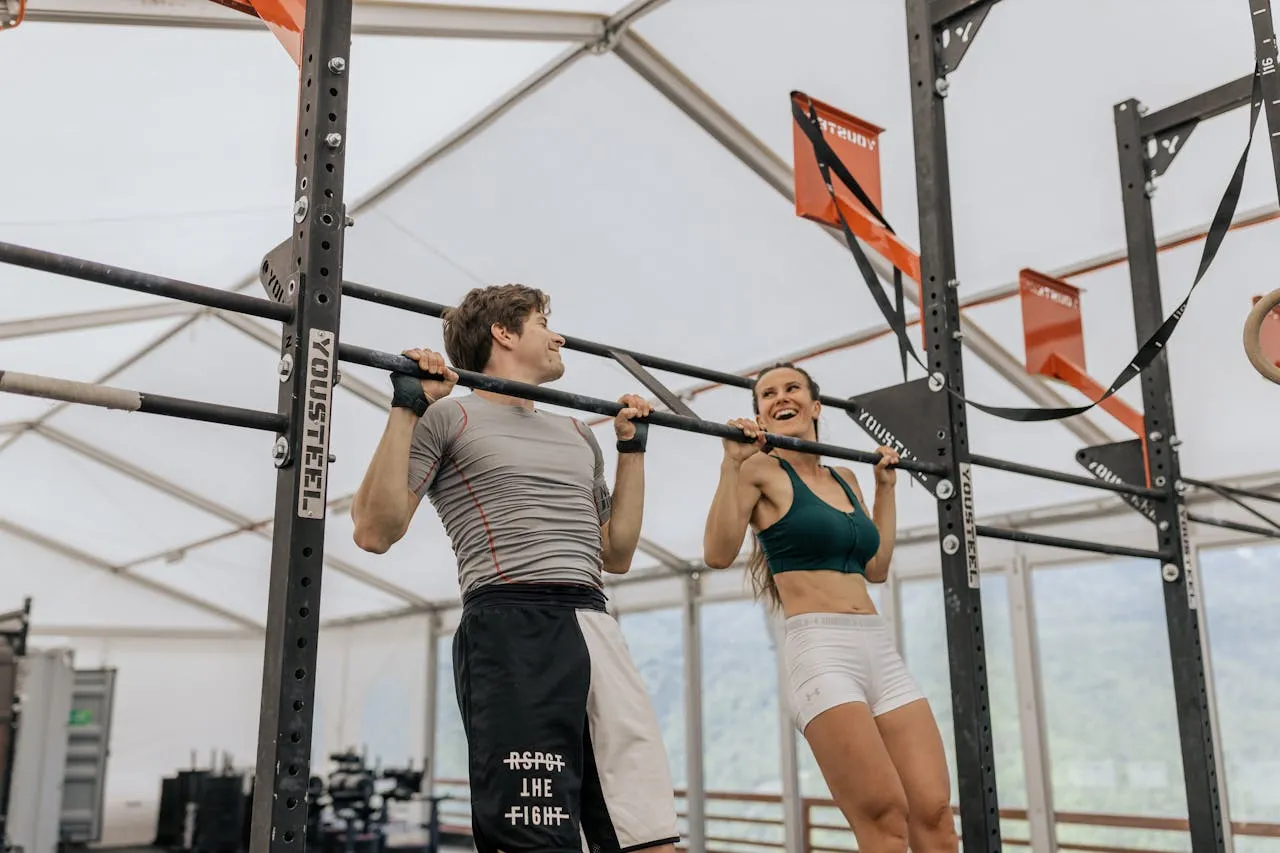
Lat Pulldown
Ideal for beginners or as a supplement to pull-ups. Variations include:
Wide Grip: Emphasizes the latissimus.
Narrow Grip: Strengthens the mid-back.
- One-Arm Lat Pulldown: Promotes an isolated muscle feel.
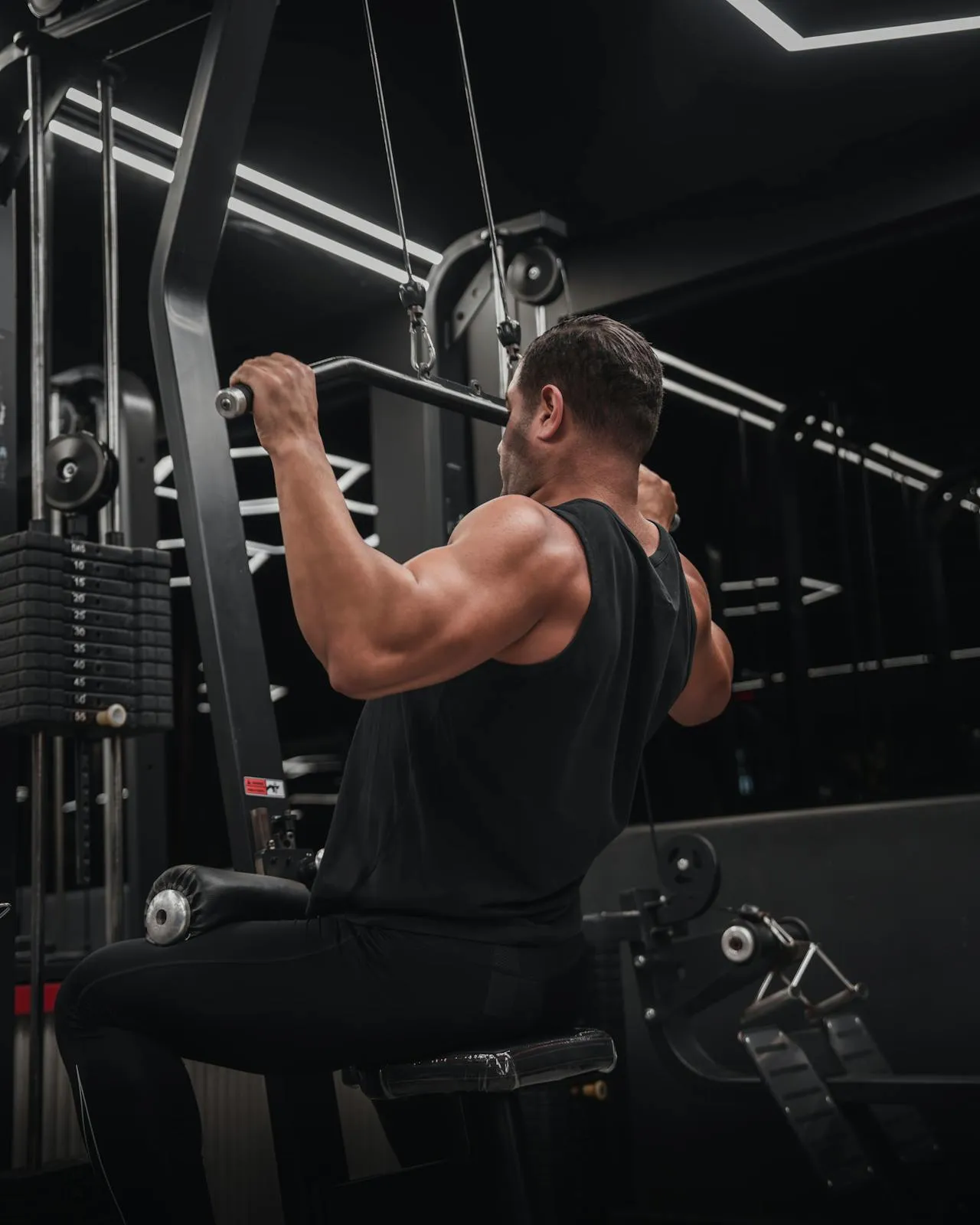
Barbell Rows
Among the best exercises for building back mass as it engages multiple muscles simultaneously.
Overhand Grip: More focus on the upper back.
Underhand Grip: Activates the lat and biceps more strongly.
Pendlay Row: Explosive variation for maximum muscle activation.
Yates Row: With a slight back bend for increased stress on the latissimus.
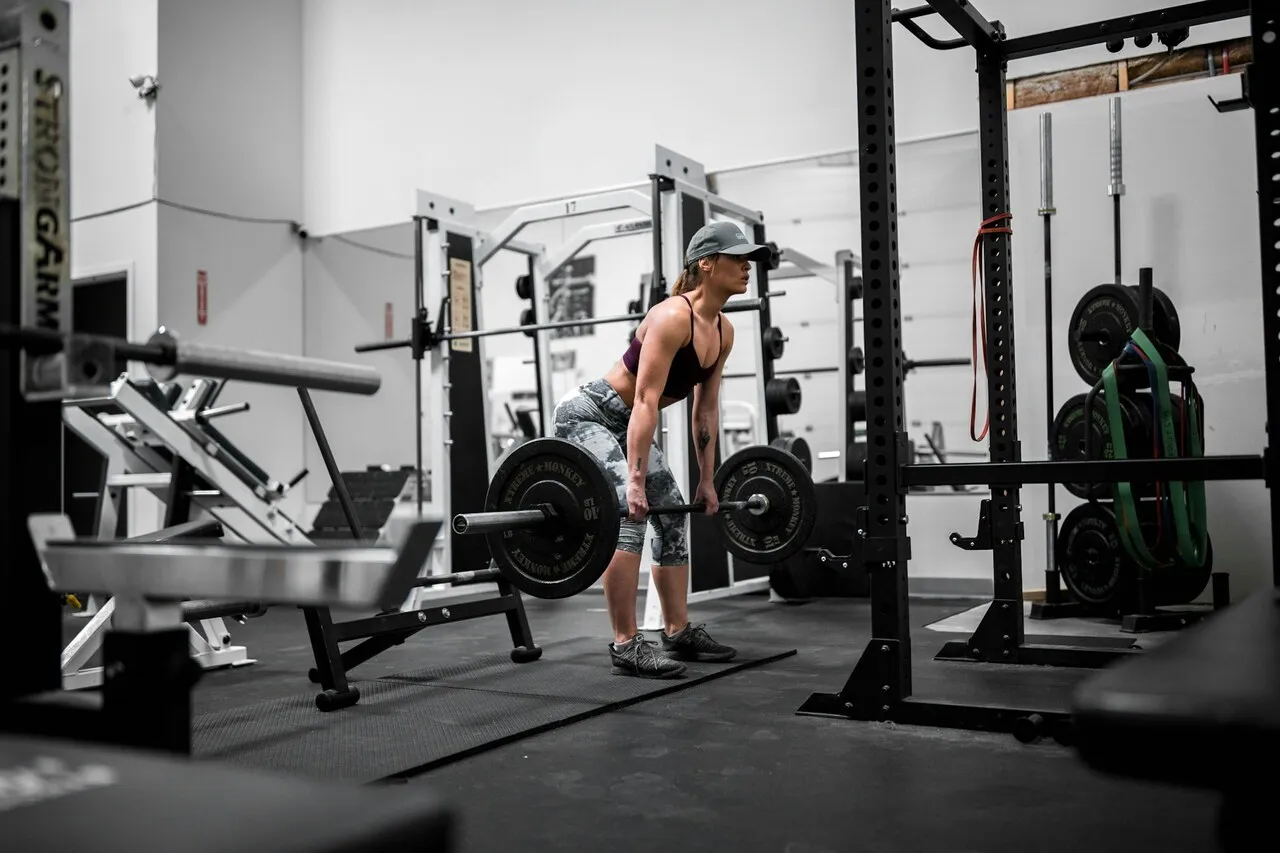
Single-Arm Dumbbell Rows
Isolates the lat on each side, providing a deeper muscle feel and better mind-muscle connection. Variations include:
Classic: Maximum stretch and contraction.
With Rotation: Increased recruitment of stabilizing muscles.
- Unilateral Barbell Variation: More stabilization work required.

T-Bar Rows
Ideal for increasing density and depth in the mid and lower back region.
Wide Grip: More focus on the upper back.
- Narrow Grip: Increased lat activation.
Landmine Row: A more stable variant with increased mobility.
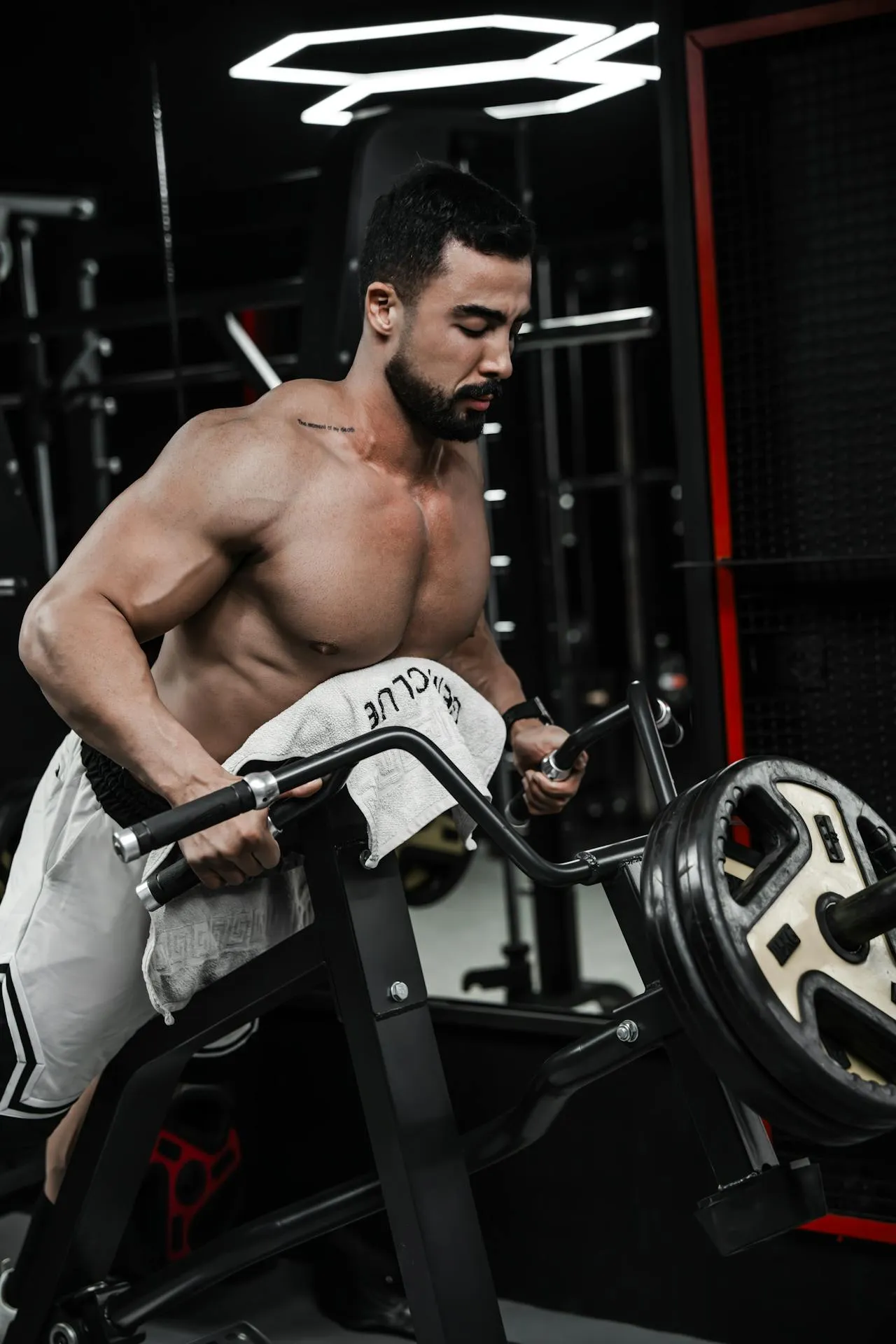
Face Pulls
Important for the rear shoulder and upper back, helping to avoid rounded posture.
Cable Pull: Better control over the movement.
Bands: Higher time under tension.
Reverse Flys as a Supplement: Extra focus on rear shoulders.

Hyperextensions
Supports the lower back muscles and improves overall stability.
With Added Weight: Increased intensity.
- With Extended Arms: More focus on the upper back.
Glute-Ham Raise: Combines hip and back extensions.

Training Methods for Maximum Muscle Growth
To optimally train the back, the following techniques can help:
Supersets: Combination of two exercises without rest for increased intensity.
Dropsets: Reduction of weight after muscle failure for maximum exhaustion.
Negative Training: Slow lowering phase to increase eccentric loading.
Partial Repetitions: Increase muscle stimulus at the end of a set.
Isometric Hold Phases: Improve muscle endurance.
Myo-Reps: Short breaks for additional growth stimuli.

Sample Training Plan
| Exercise | Sets | Repetitions |
|---|---|---|
| Pull-Ups (Overhand Grip) | 4 | 6-12 |
| Lat Pulldown (Wide Grip) | 4 | 8-12 |
| Barbell Rows | 4 | 8-12 |
| Single-Arm Rows | 3 | 10-12 |
| T-Bar Rows | 3 | 8-12 |
| Face Pulls | 3 | 12-15 |
| Hyperextensions | 3 | 15-20 |

Nutrition for Optimal Muscle Growth
Protein: At least 1.6–2.2 g per kg of body weight daily.
Healthy Fats: Avocados, nuts, fish oil for hormonal balance.
Carbohydrates: Oatmeal, rice, potatoes for energy.
Water: At least 3 liters per day for hydration.
- Supplements: Creatine, omega-3, magnesium for support.

Common Mistakes in Back Training
Too Much Weight: Often leads to improper form.
Poor Posture: Rounded back and incorrect movement execution can cause injuries.
Too Little Variation: Variety is important to avoid plateaus.
Lack of Control: Swinging and jerky movements reduce muscle activation.
- Incorrect Grip Technique: A grip that is too narrow or too wide can unevenly distribute the load.
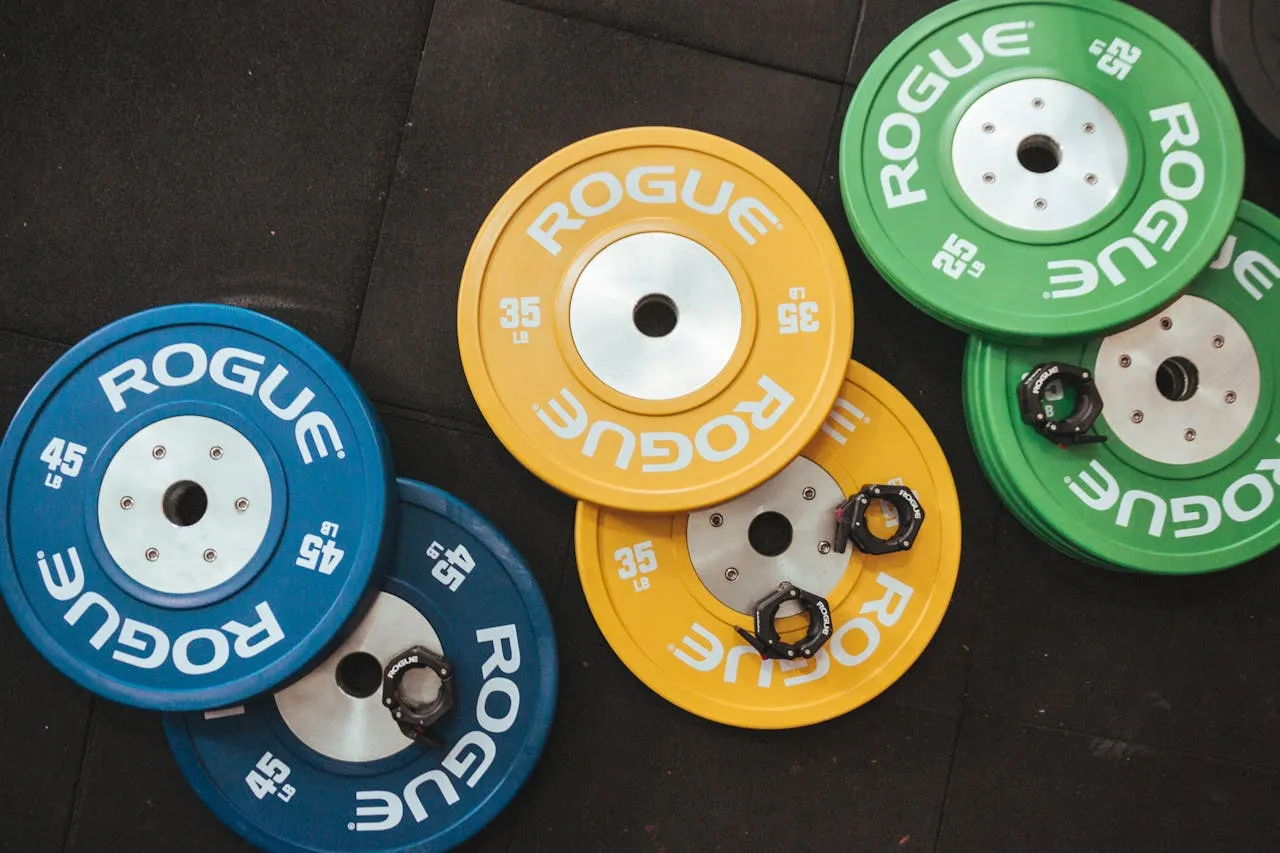
Conclusion
A broad back requires a combination of targeted exercises, correct technique, and strategic training. By incorporating pull-ups, rowing variations, and intelligent intensity techniques, you can maximize your muscle growth.

